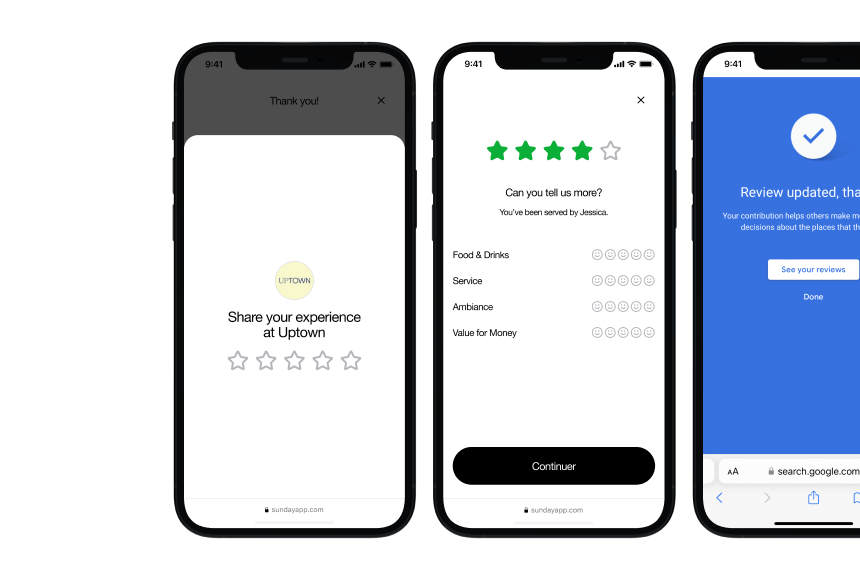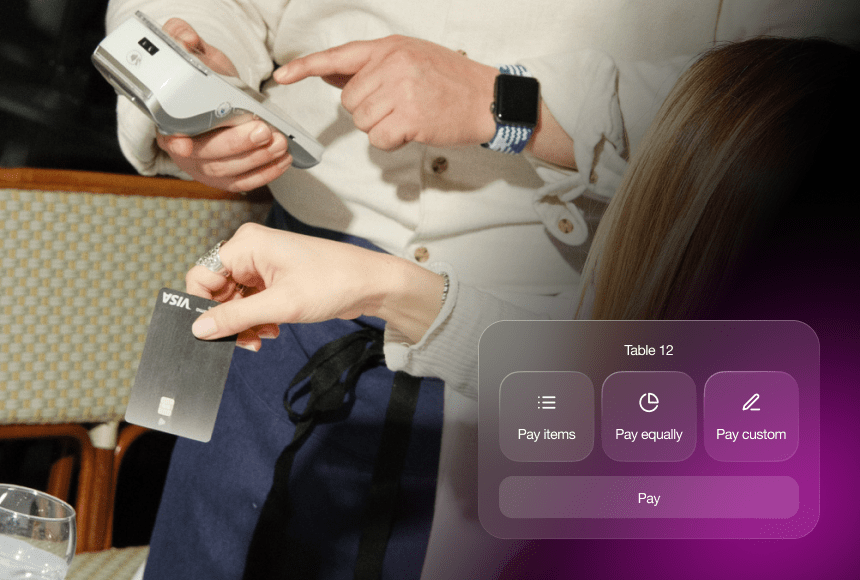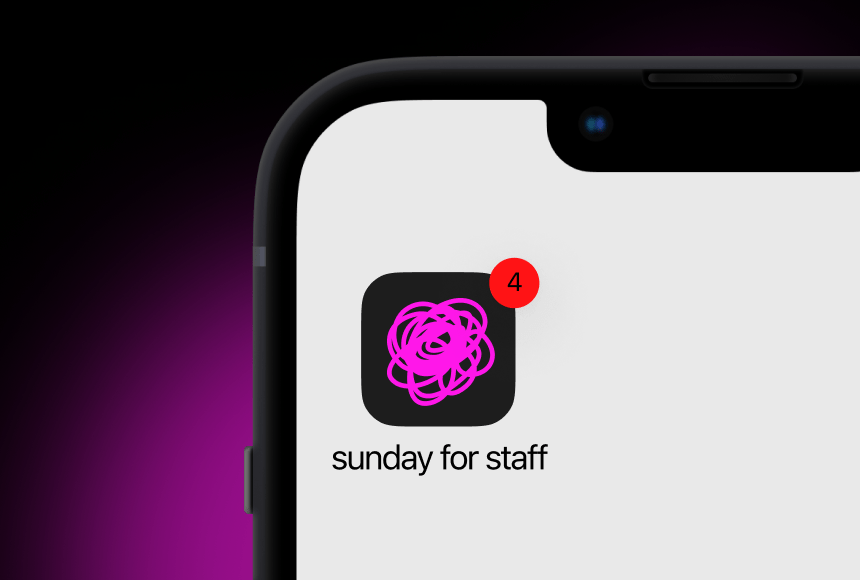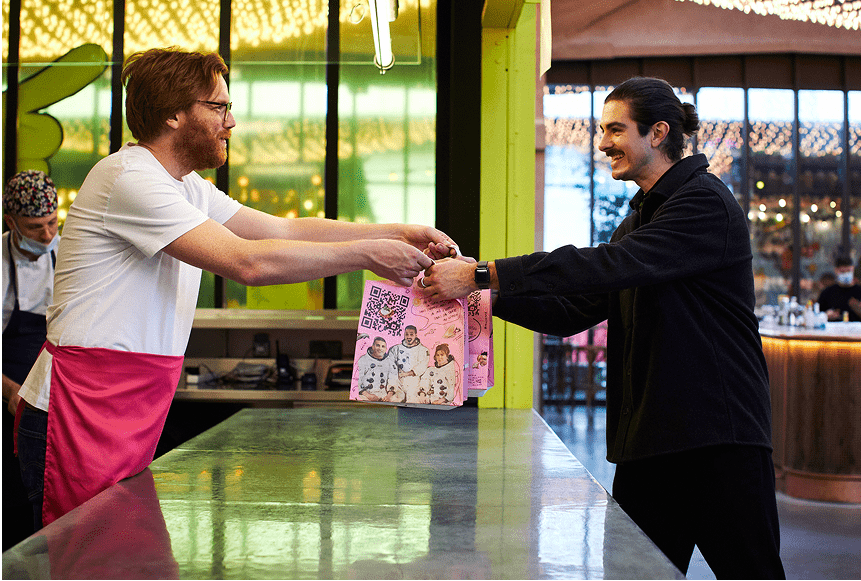
Guest Feedback: Taking It Further for Real Growth
Understanding the Bigger Picture
When restaurant owners think about guest feedback, they often picture a string of online reviews—some glowing, some lukewarm, and occasionally some deeply disheartening. But focusing on reviews alone is like reading only the first chapter of a book. You glimpse fragments of the story without getting the full narrative. In the competitive UK restaurant scene, harnessing feedback strategically can transform a simple meal into a memorable occasion that drives loyalty, word-of-mouth, and higher revenue.
Though star ratings and public comments are immensely valuable, they’re just one piece of the guest feedback puzzle. Many restaurant owners treat “feedback” as the end point of their conversation with guests—especially when a review features praise or constructive criticism. Yet the most impactful improvements often come from what guests don’t share publicly. By transforming each interaction—from how you greet your guests, to the payment process, to post-visit follow-ups—into an ongoing conversation, you can gather crucial insights that go beyond star ratings or social media comments.
This is where a holistic understanding of guest feedback becomes an asset. Feedback isn’t limited to a single destination, whether it’s an online platform or a comment card. It’s about observing, asking the right questions, and creating systematic ways to collect impressions and act on them. In this article, you’ll discover why reviewing feedback is only the beginning, how to build an environment that encourages ongoing dialogue, and how to go beyond words on a screen to create the ultimate dining experience that keeps guests coming back.
Why Feedback is More Than a Star Rating
In today’s digital age, customers are used to rating their experiences with a tap or a click. A four-star review might look good to you, but it won’t reveal what truly stole your guest’s heart: Did they love your vegetarian options? Was the staff particularly attentive? Or were they thrilled to see contactless payment options with easy tipping features?
Similarly, a three-star review might not show just how close your guest was to absolutely loving their experience, had it not been for a minor hiccup—perhaps a slightly slow food service or a clunky payment process. Every star rating is a piece of the puzzle, but it doesn’t complete the picture. The backstory behind each rating is where the greatest source of growth can lie.
Going Beyond Public Praise and Criticism
Review platforms like Google Reviews, TripAdvisor, or social media channels (for those intrepid enough to post feedback publicly) offer a snapshot of your reputation. But once future guests read a couple of glowing reviews, they’re often ready to book a table. What they don’t see is the real-time conversation you could be having with each diner, either through digital solutions or in-person interactions. This private dialogue can help:
- Uncover personal preferences: Maybe a family with small children wants a quieter corner or a quick turnaround time. Personal feedback can highlight these ever-changing needs.
- Address concerns immediately: A guest noticed a slight draft near the windows? You can fix the issue on the spot before it shows up in a review.
- Show genuine hospitality: Asking what you can do better signals that you respect guests’ perspectives, turning them into collaborators in your quest for constant improvement.
- Encourage loyalty: A personal chat about someone’s experience often fosters a sense of connection, making them more likely to return.
Practical Ways to Gather Rich Feedback
Collecting guest feedback doesn’t have to be formal or complicated. In fact, casual, ongoing conversations can drive better insights. Here are a few practical methods:
- Engaging servers in subtle chats: A friendly, well-trained team can glean a lot of information by pausing to ask guests, “Is everything to your liking?” or “Any way we can make this better?” Guests often appreciate writers of their story—fellow humans, not just staff taking orders. This personal approach can both confirm what is working and uncover areas that might need attention.
- Digital surveys: You might send a short questionnaire via email or text message the day after a visit, or even display a QR code at the table linking to a private feedback form. This is a chance for guests to offer opinions they may not feel comfortable posting publicly.
- Loyalty programmes: A points-based system or membership club can encourage guests to share detailed feedback over time. By tracking preferences—favourite dishes, dining times, allergies—you can create a tailored experience at every visit.
- Innovative payment solutions: Some next-generation payment systems, including solutions like sunday, allow diners to pay via QR code, leave tips, and even leave private feedback or be redirected to leave a Google review. This seamless process eliminates the awkward exchange of physical bills, speeds up turnover, and encourages spontaneous impressions.
The Value of Real-Time Conversations
It’s easy to rely on a public platform to inform you about negative experiences. Yet this leaves you reacting after the fact—sometimes too late to regain that guest. Instead, consider weaving feedback into your real-time operations:
- Check-ins during the meal: Managers or hosts can do a quick table visit mid-meal. This small gesture communicates genuine care and opens the door to feedback you can act on immediately.
- Encouraging open dialogue: Place a small sign or QR code on each table inviting guests to provide comments or suggestions instantly. Doing so reminds guests that you value their opinions, making them feel more involved in your restaurant’s story.
- Streamlined payments: Once a guest requests the bill, offer a speedy, interactive payment method. If it’s an app-based payment solution, consider asking for a short comment—like, “How did you find our new dessert menu?”—before they tap to pay. This is more personal and less pushy than a star rating request, yet it’s a valuable insight channel.
Delivering Continuous Improvement
A crucial aspect of ongoing guest feedback is what you do with it. Far too many venues collect comment cards, emails, or digital suggestions, yet fail to weave that feedback into meaningful change. When harnessed well, guest input can inform everything from menu tweaks to staff training, and from dining room layout changes to the ambience of your lighting. This is how you evolve beyond a simple static concept.
Here’s how you can ensure continuous improvement:
- Establish a feedback calendar: Devote regular intervals to compiling and reviewing feedback. During these check-ins, look for common threads. Possibly you notice multiple mentions of background music being too loud or the vegetarian menu lacking variety. These trends can guide your next steps.
- Assign responsibilities: Instead of letting feedback float around, assign specific staff members or managers to oversee improvements in targeted areas. For instance, if guests routinely mention sub-par wait times, the floor manager might be responsible for re-examining staff shifts to improve speed of service.
- Incentivise staff to solve issues: When you involve your team in the improvement process, they feel accountable and motivated to offer creative solutions. Reward staff members who gather the most positive feedback or demonstrate the biggest improvement processes.
- Track and measure change: Using a simple spreadsheet or software platform, record recurring concerns and how you address them. Then measure any shifts in ratings, comments, or direct messages to see whether your solutions pay off.
Case Study: Turning Feedback into a Success Story
Consider a local bistro in Manchester—let’s call it “The Northern Spoon.” They started collecting feedback beyond reviews about six months ago. Before that, they assumed their 4.3 Google rating was enough to keep them flourishing. But when business plateaued, they dug deeper.
They introduced a table-based QR code for payments that also included an optional survey. To their surprise, they received constructive notes: a few commented the lighting felt harsh, some mentioned that the new craft beer on draught tasted off, and others found it difficult to locate the restaurant’s vegetarian options on the printed menu. The bistro made immediate changes:
- They swapped old fluorescent bulbs for warmer lights.
- They tested and replaced the ageing beer lines, ensuring fresh, crisp pours.
- They reprinted their menus, repositioning vegetarian dishes with clearer labels.
Within two months, average dining times dropped slightly (a positive sign, as it indicated smoother service), and their rating nudged up to 4.5. Regulars began complimenting the improved vibe, and new visitors cited “comfortable lighting and well-labelled menu” as reasons they’d come back. Circling back to the original feedback loop, The Northern Spoon continues to refine based on ongoing input, rather than waiting for random reviews to highlight issues.
Maintaining Authentic Relationships with Diners
Once you begin collecting guest feedback at every circuit of the dining journey, it’s essential to maintain a genuine voice in your follow-ups. People can sense rehearsed or automated responses, and nothing feels more alienating than a cookie-cutter reply. Keep these tips in mind:
- Personalise your acknowledgements: If a returning customer leaves feedback, reference their last visit or their favourite dish. Make it clear you remember them.
- Respond promptly: Aim to reply to digital comments within a day or two. Thank the guest openly—whether the feedback is good or has room for improvement. Show gratitude for their time.
- Offer genuine apologies if needed: No restaurant is perfect, and guests rarely expect perfection. What they do expect is transparency and empathy. If you spot a clear mistake, own it, fix it, and explain how.
- Highlight changes you’ve made: In a short email or text update, let past diners know how you’ve actioned their feedback. People love seeing how their input leads to real results. This fosters a loyal community rather than one-off visits.
The Role of Subtle Technology
In modern dining, technology can bridge the gap between servers and guests—if used responsibly. According to the UK Hospitality organisation, technology solutions can enhance the efficiency of service and improve communication if implemented with the diner’s comfort in mind. While some might worry that tablets or QR codes could remove the “human touch,” the opposite can be true when done thoughtfully. For instance:
- Contactless payments: Streamlined payment removes the hassle of waiting for the bill. In many cases, guests can quickly leave a tip and share constructive thoughts on their experience.
- In-app experiences: Some solutions pop up with mini-surveys after payment or direct a guest to easily share a Google review—ideal for capturing fresh impressions while the experience is still top of mind.
- Staff empowerment: Freed from the typical dance of printing receipts and table-hopping to collect payments, your servers can focus on personal interactions and real-time check-ins that matter most to guests.
Greater efficiency and a more attentive team ultimately set your venue apart. One of the best ways to adopt such technology is to ensure you train your staff thoroughly, so that the solution remains a tool for connection—never a barrier.
Small Changes, Big Impact
Effective guest feedback doesn’t require an entire overhaul. Sometimes, small changes can yield a disproportionate effect on customer satisfaction and loyalty. For instance, a restaurant in Bristol replaced its static “Suggestions Box” in the corner with a more inviting sign on each table and the option to submit comments via QR code—and saw a dramatic uptick in meaningful feedback overnight. According to BrightLocal’s Local Consumer Review Survey, about 49% of consumers share feedback online (or via a private form) regularly when asked. The key is mindful prompting at the right moment.
Be open to subtle shifts: If diners keep mentioning how your interior layout feels cramped, maybe rearranging a few tables or removing that oversized plant can add crucial breathing space. If the majority swoons over your sticky toffee pudding, why not expand the dessert menu or introduce a special promotion around it?
Conclusion? Keep the Dialogue Flowing
Instead of ending the conversation once a guest posts an online review, treat every interaction—both public and private—as an opportunity to evolve. By combining real-time chats, technology-based solutions like sunday for seamless payment and survey collection, and a culture of immediate improvement, you move from defensive damage control to proactive enhancement. This fosters trust, camaraderie, and an environment where the guest feels like a true partner in your restaurant’s story.
Nurture these open channels of communication, and you’ll spot improvements earlier, delight customers more consistently, and build the kind of reputation that star ratings alone can’t fully capture. Remember, every meal served is a chance to learn. When you transform every diner’s experience from a one-sided review to a lively, ongoing discussion, you equip yourself to flourish in a market where genuine hospitality never goes out of style.
Find out more today
Drop us your details below and we’ll reach out within the next 24
Stay on top of your online reputation.
Say goodbye to bad ratings and hello to 5*s. Get to know your customers with our integrated rating & review feature, which allows you to get more reviews, better ratings and more visibility online.




